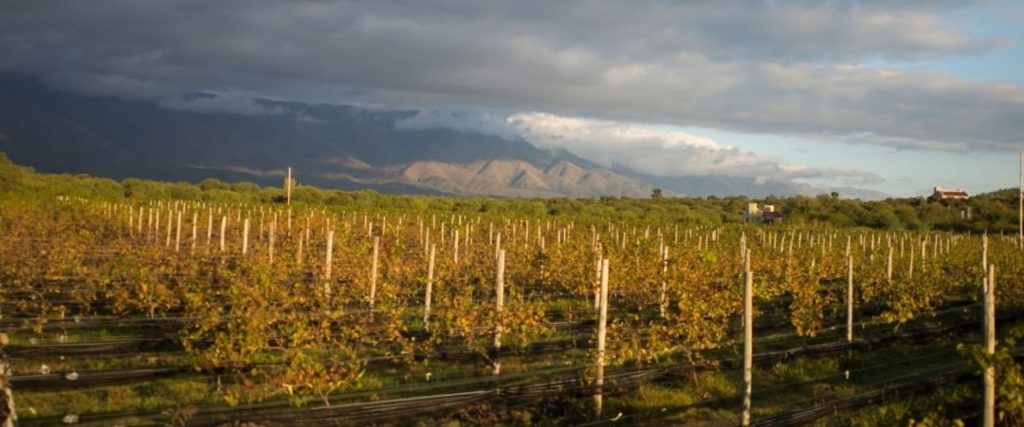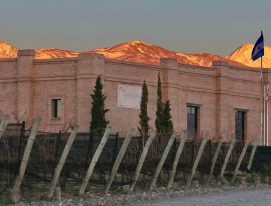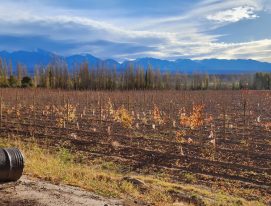When the conversation turns to Argentine wine, it generally includes Malbec, altitude and the Cuyo and Calchaquí Valleys. But for a full picture of what’s happening on the Argentine wine scene, it’s important to remember the wines from Córdoba, one of the newest regions on the wine map who’ve come to the table with a number of distinctive, intriguing qualities.
Located in the center of Argentina with a geography of mountain ranges that rise to altitudes of between 1800 and 5000 feet, the province boasts crystal clear mountain streams and mostly untouched indigenous flora. The diversity of the landscapes offers a range of possibilities for winemakers that are now being explored with surprisingly good results such as intense mountain forest aromas and balsamic flavors.
There are three main wine producing areas in the province, each with their own character and history, and they’re writing a new chapter for the wines from Córdoba.
Wines from Córdoba
Center-North: the core of the wines from Córdoba
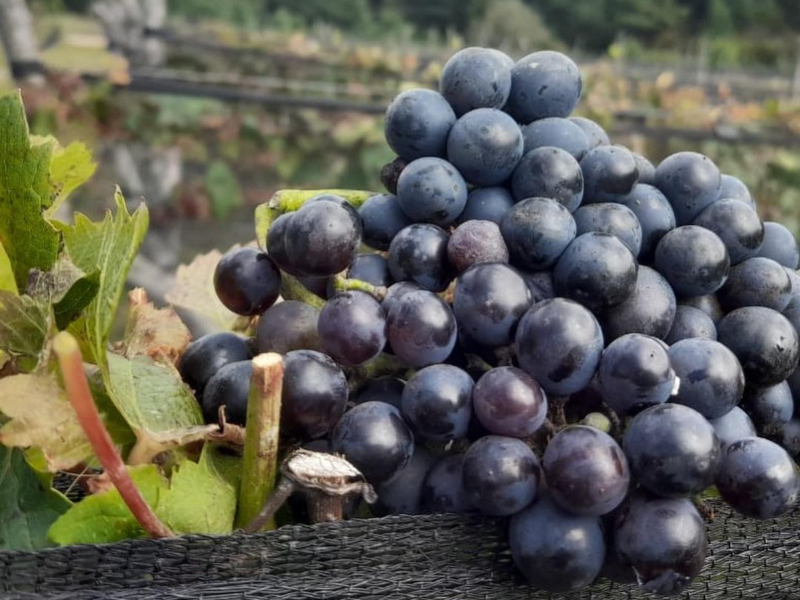
History isn’t always fair and that’s especially apparent when it comes to the wines from the northern central region of Córdoba. Viticulture first appeared in the 16th century with Jesuit missionaries. They say that the first wine produced in the colonies to be drunk by Spanish royalty was “lagrimilla” made by monks at Jesús María. These wines were lost with the expulsion of the Company of Jesus although a number of buildings remain to offer testimony of Córdoba’s winemaking past.
Later on, viticulture reappeared with Italian immigrants in the early 20th century who employed a range of methods and approaches and built up a large-scale industry.
At Colonia Caroya, the epicenter of the local wine industry, one finds La Caroyense, an old winery that was key to production from the center of the country, which still has its huge oak barrels at the entrance.
Terra Camiare is today the largest winery and to a degree sets the pace for the wines from Córdoba through both traditional and modern methods. Advanced facilities are installed in an old, refurbished Italian-style winery meaning that stainless steel tanks and concrete eggs sit next to old fashioned wine-making apparatus revived by the oenologist Gabriel Campana, continuing a family tradition. The winery produces everything from a rosé made from the Isabella grape (the only place in world where it is permitted to be made) to a complex Pinot Noir and an innovative blend of Malbec, Cabernet Franc and Viognier.
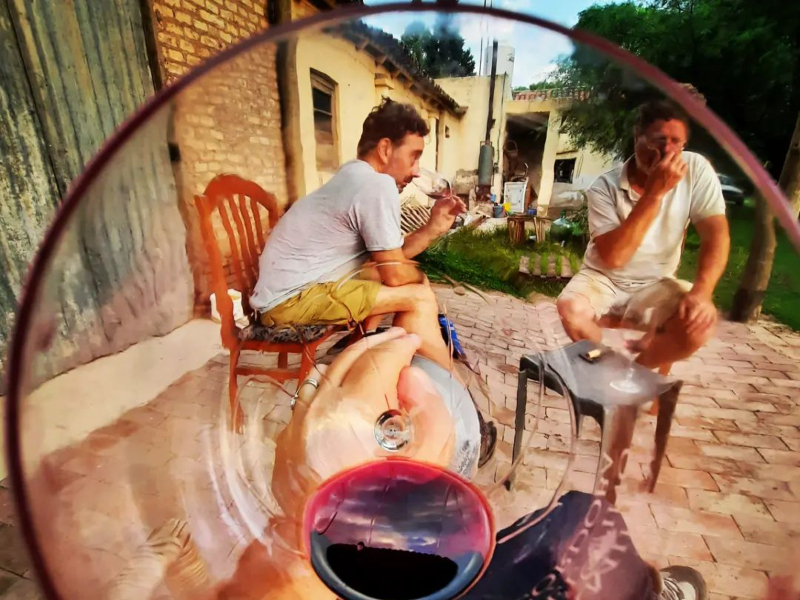
Other small wineries in the area produce on a boutique level, honoring traditional techniques and methods brought by their immigrant ancestors. These projects include Patente X run by Daniela Mansilla, an agricultural engineer who for years has toured the province providing advice to a large number of winemakers. She is now the undisputed expert on the terroirs of Córdoba, “In Córdoba we have an interesting range of soils and micro-climates. We have a big adventure ahead and I’m confident that there are a number of projects that are going to surprise us.”
Traslasierra and its landscapes
The Traslasierra Valley, 80 miles to the northwest of the capital city, is surrounded by the Altas Cumbres mountain range and its bewitching landscape. The region was dominated by vineyards until, in the 1960s, the tobacco industry replaced vines with tobacco. In the 21st century, several producers have restored the vines to take advantage of the distinctively favorable climate.
Noble, in the small town of San Javier, is an enterprise run by the oenologist Nicolás Jascalevich, which focuses on Malbec and Merlot. They’re one of the pioneers of the area and leading figures of the biodynamic scene.
Finca La Matilde is another biodynamic concern who have obtained certification from Demeter. The agro-ecological vineyard produces wines notable for their raw acidity, especially the Malbec and Tannat.
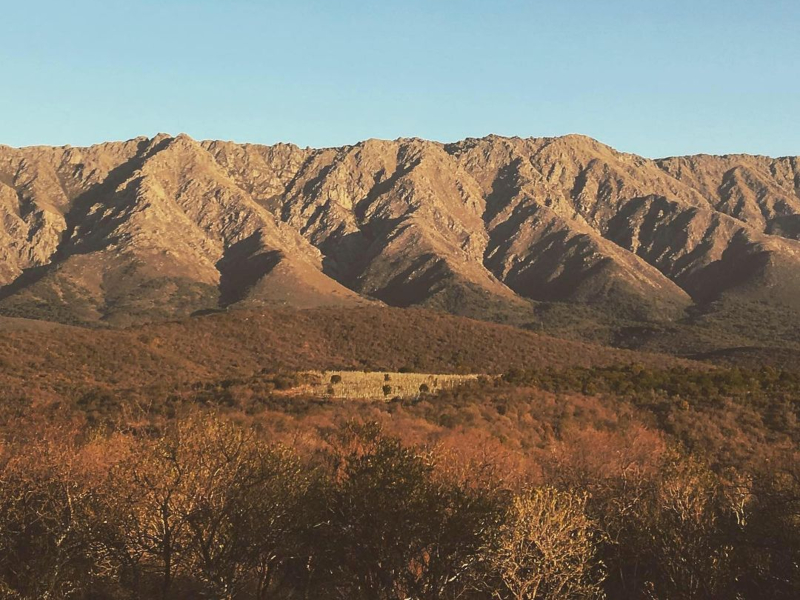
Other projects such as Aráoz from Lamadrid and Viarago offer top class options for those looking to enjoy the landscape with a glass of wine.
Continuing the quest for altitude, at Pampa Achala, Achala Bodega Exótica have a unique vineyard planted on top of granite bedrock not dissimilar to the best terroirs in the old world at a height of 3600 feet. According to studies by the expert Pedro Parra, these soils are quite like those found in Burgundy and the northern Rhône Valley due to their high calcium carbonate content. The winery produces a remarkably delicate Syrah with good balance and refined tannins. Another success is the Sauvignon Blanc, which delivers a fresh, sharp expression.
Calamuchita Valley
The fastest growing region is the Calamuchita Valley in the center of the province. Driven by tourism, the vegetation combines native forest with pine trees, jutting mountain peaks, pleasant valleys, free-flowing rivers and a stony landscape.
20 years ago, Juan Navarro moved to the area and planted his first mountain vineyard in Córdoba, founding Bodega Las Cañitas. The establishment, set among pine forests, wild blackberry bushes, immense boulders and a fast-flowing river, takes advantage of the optimal climate at 4000 feet above sea level to produce whites such as Sauvignon Blanc which deliver impeccable aromas of mountain herbs with a hint of balsam.
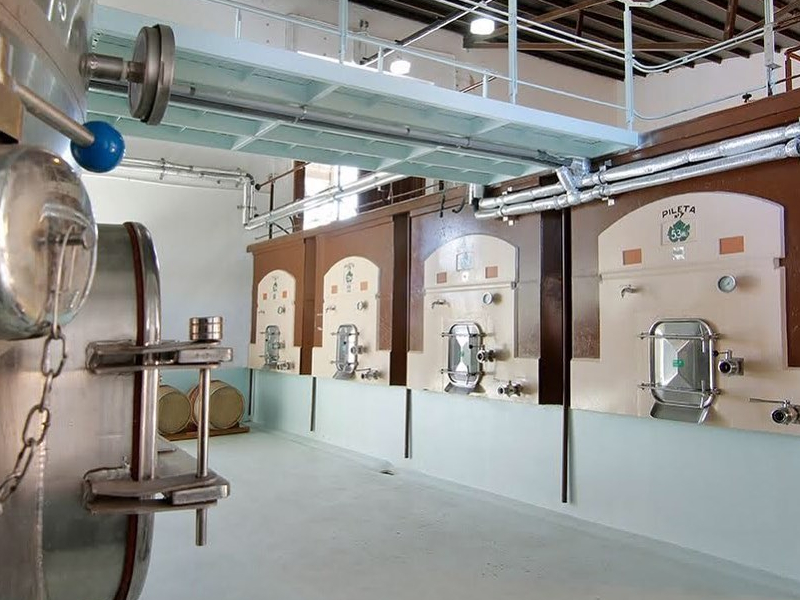
With these landscapes and the area’s manifest potential, other producers have begun to appreciate the local virtues. “The presence of calcium carbonate in the soils and a benign climate with significant temperature variations make it an attractive area to explore with different varieties, especially white grapes,” says the winemaker Gabriel Campana. Ample evidence of this can be found in the recently released Sauvignon Blanc from Bodega Río del Medio.
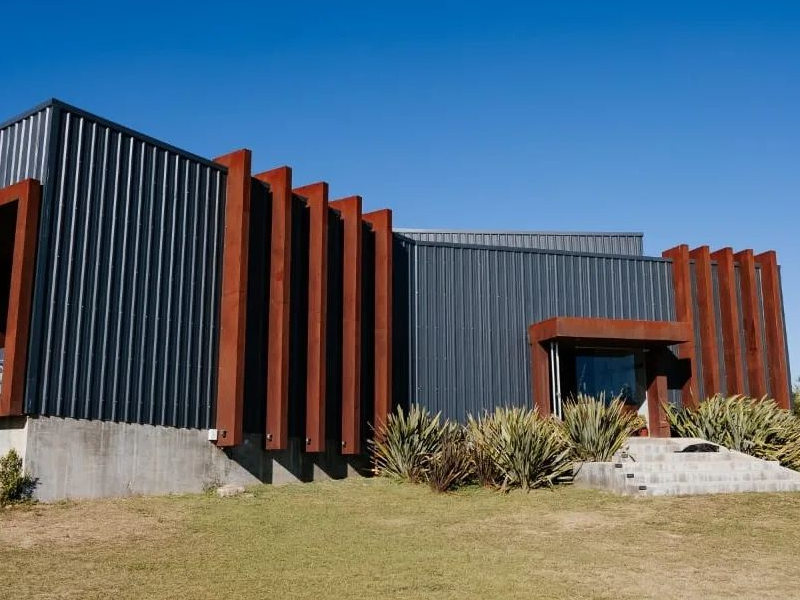
Vista Grande, Familia Furfaro and Molvento overlook the Los Molinos dam, taking advantage of the sheer landscape to combine winemaking with hospitality. Another interesting establishment here is the sparkling wine producer Sineres whose owners make their wines themselves using the Champenoise method.
The wineries of Córdoba are young, small enterprises working on establishing an identity with a range of varieties and styles. The boost given by the tourist industry, inherited knowhow and geographic conditions augers a promising future for distinctive wines from a novel landscape that are gradually growing into themselves

